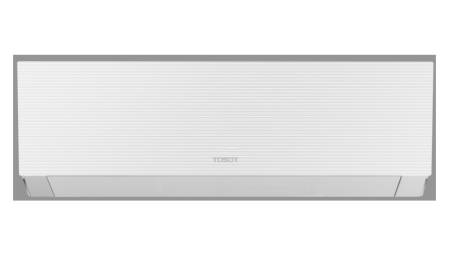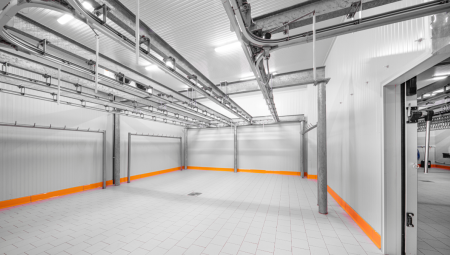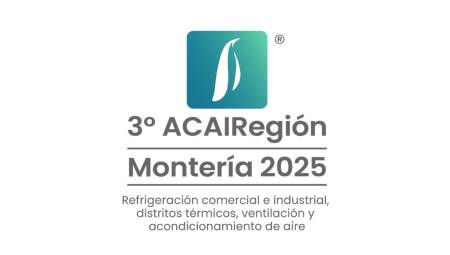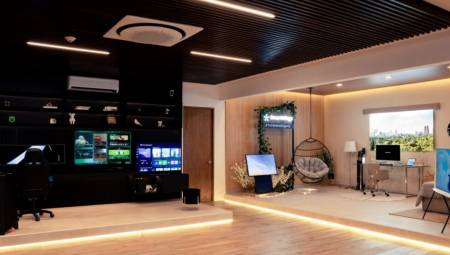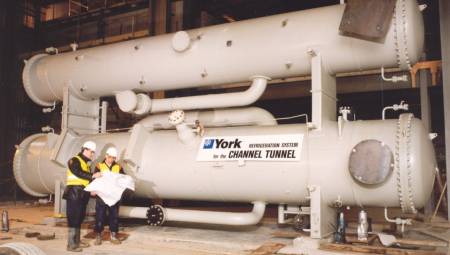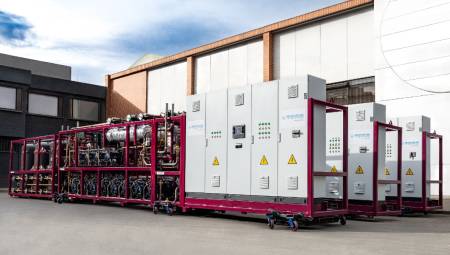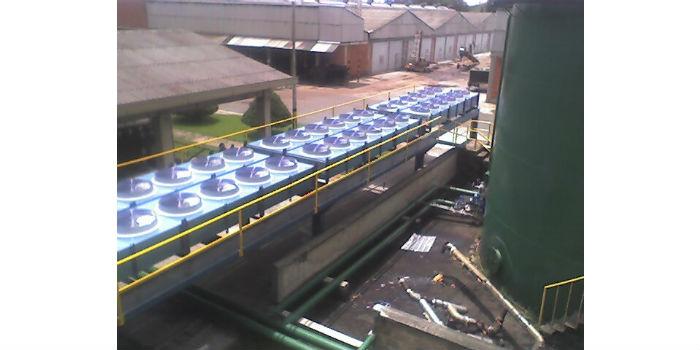 A detailed explanation for developing a strategy for an effective selection of your mechanical cooling system.
A detailed explanation for developing a strategy for an effective selection of your mechanical cooling system.
By Mauricio Baena*
Day by day we are faced with the need to make decisions when selecting our different components of the cooling system. Several of these questions can be: What kind of compressors to use, what is the energy saving system that makes the most sense for my system, what type of refrigerant to use, how do I optimize the use of it in the system, what is the appropriate technology for this purpose, etc. Finally, we must use tools that allow us to make the best technical-economic decision in our system.
A selection in a cooling system may be motivated by one of the following reasons:
1. Meet a need present in your plant or market. They are defined requirements, established by a client or work team, where the space and use is already determined.
2. Improve energy consumption. They are opportunities that a space seeks, either because of insufficient energy capacity or because the technologies, facilities and operation are inefficient for what is currently available.
3. Balance the production and marketing systems of your business. Systems that are unable to withstand operation and act as bottlenecks in the process.
4. Change of technology. Compliance with regulations, the ineffectiveness of systems, the growth of need, are all reasons that lead to a change in technology.
Analysis
The first thing we must determine correctly is the value of the thermal load that my need requires. There are currently many software that allow you to determine thermal loads. All of them, by means of algorithms, calculate the thermal load according to some feed data or Input Data.
The important thing in this step is not to enter the data, the important thing is to review the criteria with which that data is assigned and entered into the software. I particularly believe that although software is a very useful tool, initially the loads must be done step by step, in a spreadsheet, or paper, that allows us to understand the impact of each data on the equation. Once you have criteria, using the software will be more accurate.
After obtaining the load, we proceed to determine the type of system, the refrigerant and the components of the system (compressor, evaporator and condenser), together to close our range of possibilities. The size of the load allows us to reduce the options in compression technology and reduces the option of refrigerants. The application of the equipment (what should I cool and where), limits the evaporation options, gives me criteria to validate the refrigerant, and gives me criteria to validate the type of system. The location of the system gives me elements to determine the type of refrigerant and type of mechanical system. This process is a flow of decisions that sometimes forces a decision that already almost completes the requirements of a project to be reviewed at the end, because it is not the most optimal for the place, for example.
Although there are many variables to consider, the selection process can be simplified by grouping and classifying the variables into three groups:
- Group A: Technical variables. It meets the definition of the mechanical equipment that meets the thermodynamic needs of the cycle. No system should be discarded. The COP (Operability Coefficient) is not the only critical variable in this process. The study of these variables allows us to determine:
- Thermal Load.
- System type.
- Elements of the cooling system.
- Group B: Financial variables.
- Cost of capital.
- Cost of operation.
- Benefits in the production or commercial process.
- Group C: Locative Variables.
- Location Space.
- Space Needed.
By then identifying my need and clearly defining my variables, the flow of decisions is simplified and allows me to focus on what is really important:
1. Meet a need present in your plant or market. The order of analysis is technical, financial, locative variables. We know exactly what it takes. There are no negotiable conditions of humidity, temperature, air velocity in my cooling system.
2. Improve energy consumption. The order of analysis is financial, technical, and locative. I must first explore whether the project has the expected return on investment, evaluating each system solution. But the result of the analysis of the technical variables is the basis of the decision.
3. Balance the production and marketing systems of your business. The order of analysis is locative, financial, and technical. Flow problems in refrigeration processes are generally associated with space: very close, very withdrawn, little space for cooling time, little space for inventory storage. The analysis of these variables will allow me, together with the financial resource that results from the increase in efficiency in the system, to adopt the necessary technology for my production process. I place technology as the latest because generally this type of decision is in line with the technology that is already installed in my system.
4. Change of Technology. The order of analysis is technical, locative, financial. No matter the investment, I require a technology for an inescapable reason, and a technical premise. Then I must carefully review whether the technology I apply can be used on the site with the available resource, and finally I must seek the resource, which is the consequence of the previous decisions.
Conclusion
More and more processes force us to make them efficient, and more efficient over time. It is vital to know that the implementation of mechanical refrigeration systems requires an interdisciplinary group that analyzes each of the variables. The information and its analysis are simplified and I can get the best result in my investment experience.
* Mauricio Baena is the Director of ICE Andina and MB Refrigeration Engineering. You can be contact in the email: [email protected]



